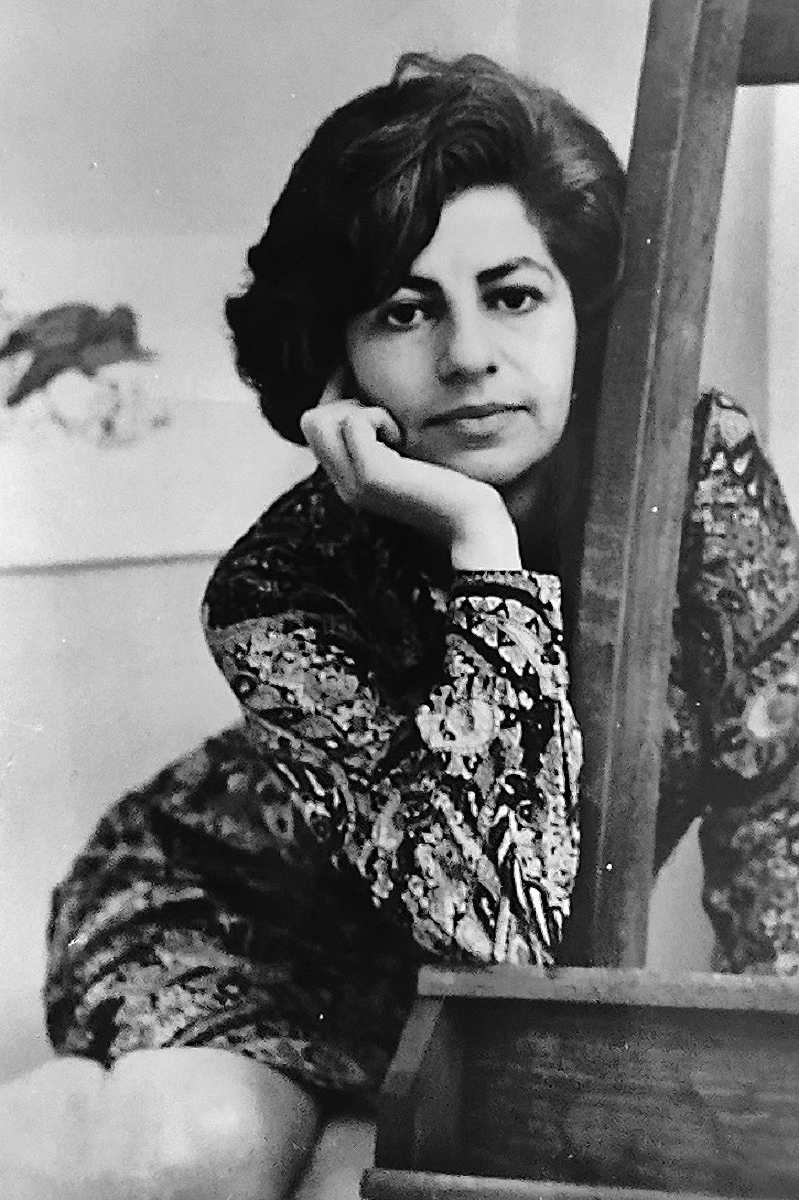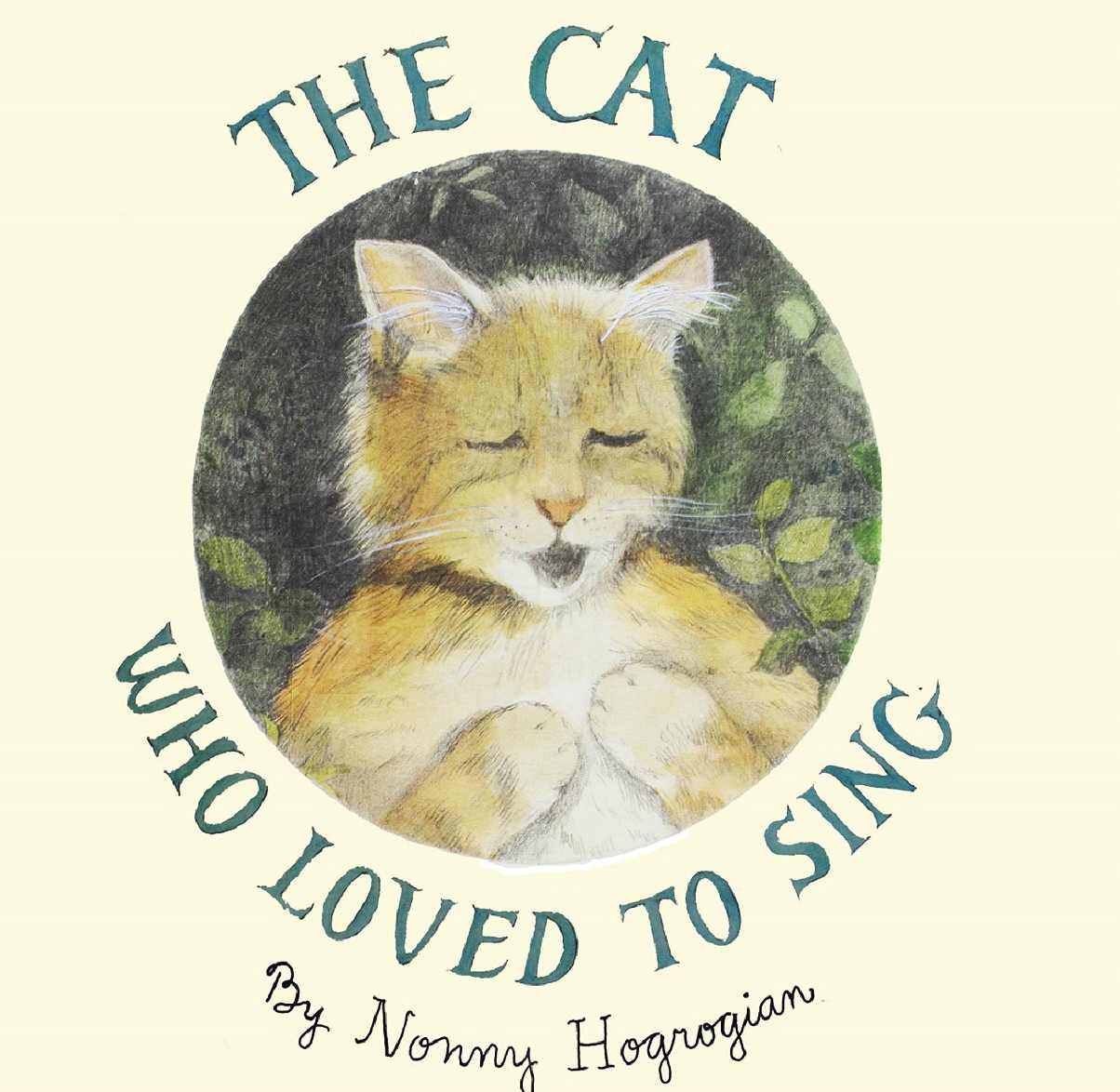
Nonny Hogrogian in an undated image.
11:54 JST, June 7, 2024
Nonny Hogrogian, an artist and book illustrator whose sturdy woodcut images and dreamy watercolor washes have entranced children since the 1950s in stories that included folk tales from her Armenian heritage, died May 9 at a hospital in Holyoke, Mass. She was 92.
The cause was cancer, said her husband, David Kherdian, a poet and writer.
Hogrogian (pronounced ho-GROH-gee-an) was widely credited with helping widen the cultural breadth of children’s literature. She celebrated Armenian stories and experiences, including food, festivals and musical instruments, at a time when the genre in the U.S. marketplace had less ethnic diversity.
Yet her career, spanning more than 60 books, also helped retell traditional fables from other countries including a 19th-century German story about a kindly man and a pear tree in 1969’s “Sir Ribbeck of Ribbeck of Havelland” and a Scottish folk song recast into verse in “Always Room for One More” (1965), about a poor villager with unlimited hospitality for strangers.
The book, written by Sorche Nic Leodhas (a pen name of author Leclaire Alger), was awarded the Caldecott Medal, one of the highest honors in children’s literature, whose winners include classics such as “Where the Wild Things Are,” by Maurice Sendak in 1964, and “Make Way for Ducklings,” by Robert McCloskey in 1942.
To evoke the earthy colors and village life in the Scottish Highlands, Hogrogian decided to experiment beyond the black-and-white boldness of woodcuts. She crafted a landscape of translucent pastels and villagers rendered in lively lines and crosshatch shading.
“Woodcuts, long my favorite medium, were too strong for the gentle folk in the heather,” she said. “So I pulled out my watercolors and chalks, some ink and a pen, and before long, in an almost effortless way, the drawings seemed to flow.”
In 1972, Hogrogian received the Caldecott Medal a second time, for “One Fine Day,” her 1971 story inspired by an Armenian folk tale about a fox’s quest to have his tail restored after it was cut off by an old woman. “In the beginning, I was telling all Armenian stories that my grandmother had told me,” Hogrogian recalled in a 2016 interview. “That was pretty simple for me.”
Her husband, also of Armenian background, became a frequent collaborator on books exploring their shared heritage. In “The Golden Bracelet” (1998), written by Kherdian, she crafted intricate scenes of feudal Armenian life in the retelling of a folk tale about a peasant girl who demands that her suitor, a prince, learn a useful skill before she will marry him.
She took on other projects of stories that were already part of the children’s canon, including adaptations of “Cinderella” in 1981 and “The Glass Mountain” in 1985. She received a Caldecott Honor, given to distinguished runners-up, for “The Contest” (1976), another Armenian folk tale in which two thieves compete for the hand of a woman.
Despite her acclaim, Hogrogian noted that she was her own harshest critic.
“I am always dissatisfied with my work,” she wrote in a biographical essay, “always left with the feeling that I must try harder the next time.”

Cover of the 1988 book “The Cat Who Loved to Sing” by Nonny Hogrogian.
‘Prove them wrong’
May Hogrogian was born on May 7, 1932, in the Bronx to parents who had fled what many call the Armenian genocide – the Ottoman Empire’s campaign of slaughter and displacement against ethnic Armenians during World War I.
Her father was a photoengraver, and her mother did seamstress work and other jobs from home. An uncle gave her the lifelong nickname “Nonny” when she was a child.
Nonny’s parents painted and sketched in their spare time. She decided to seek a coveted spot at New York’s renown High School of Music & Art. She gathered some of her drawings for the interview and test.
“When I arrived, a shock set in,” she wrote in “Finding My Name,” a 2004 autobiography. “I was the only one there with a skimpy envelope of doodles and drawings. All the other young people had large black portfolios with prescribed artwork in them. They had obviously been coached and had properly prepared for their exam.”
Stress overwhelmed her during a drawing assignment, and she did not earn a place in the school. “There was a growing outrage from their saying that this was a test of talent,” she wrote. “I know I had talent. I would prove them wrong.”
Hogrogian studied fine arts at Hunter College in Manhattan, graduating in 1953. She took a job designing book jackets at William Morrow and, in 1958, became a production assistant in children’s books at the publishing house Thomas Y. Crowell. There, she illustrated her first children’s book, “King of the Kerry Fair” (1962), written by Nicolette Meredith.
In the early 1970s, she agreed to illustrate a book of poems, “Homage to Adana,” by Kherdian. They later met at a literary event and were married in 1971.
The couple moved frequently around the United States, including spending seven years in rural Oregon at a compound with other followers of the late George Ivanovich Gurdjieff, a self-proclaimed enlightenment mystic born in what is now Armenia and who died in 1949. (Hogrogian’s 2002 children’s book, “The Tiger of Turkestan,” uses a rebellious tiger as an analogy for Gurdjieff’s life story.)
Hogrogian and her husband moved to Armenia after the 2016 U.S. presidential election and returned to the United States after Hogrogian sustained a back injury. They had no children. Kherdian was her only close survivor.
Hogrogian never forgot the sting of rejection from the High School of Music & Art. In speeches and interviews, she often encouraged aspiring artists and others to trust in their own dreams.
“Do it. You just have to push your way in,” Hogrogian said. “There’s always going to be people who tell you that you have no talent.”
"Society" POPULAR ARTICLE
-

M4.9 Earthquake Hits Tokyo, Neighboring Prefectures
-

M7.5 Earthquake Hits Northern Japan; Tsunami Waves Observed in Hokkaido, Aomori and Iwate Prefectures
-

Tsukiji Market Urges Tourists to Avoid Visiting in Year-End
-

Israeli Tourists Refused Accommodation at Hotel in Japan’s Nagano Pref., Prompting Protest by Israeli Embassy and Probe by Prefecture
-

M5.7 Earthquake Hits Japan’s Kumamoto Pref., Measuring Upper 5 Intensity, No Tsunami Expected
JN ACCESS RANKING
-

Keidanren Chairman Yoshinobu Tsutsui Visits Kashiwazaki-Kariwa Nuclear Power Plant; Inspects New Emergency Safety System
-

Imports of Rare Earths from China Facing Delays, May Be Caused by Deterioration of Japan-China Relations
-

University of Tokyo Professor Discusses Japanese Economic Security in Interview Ahead of Forum
-

Japan Pulls out of Vietnam Nuclear Project, Complicating Hanoi’s Power Plans
-

Govt Aims to Expand NISA Program Lineup, Abolish Age Restriction























